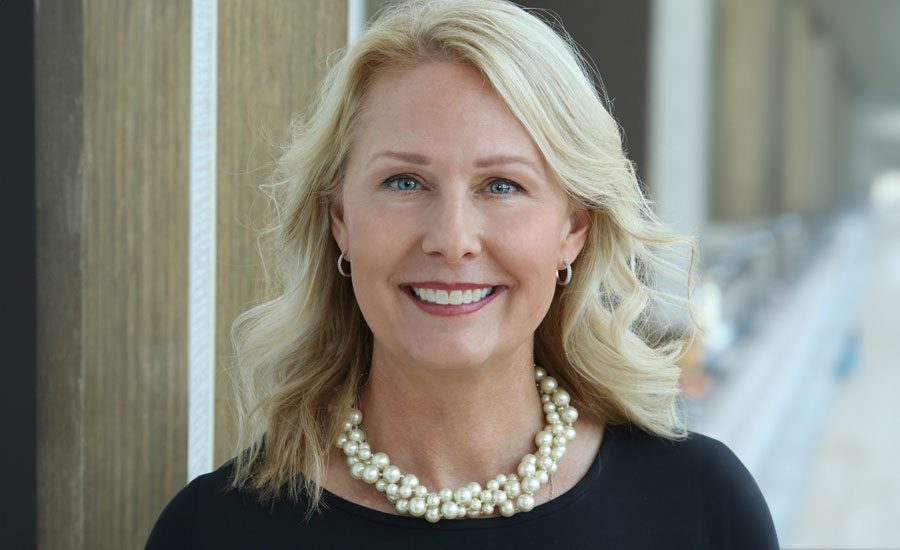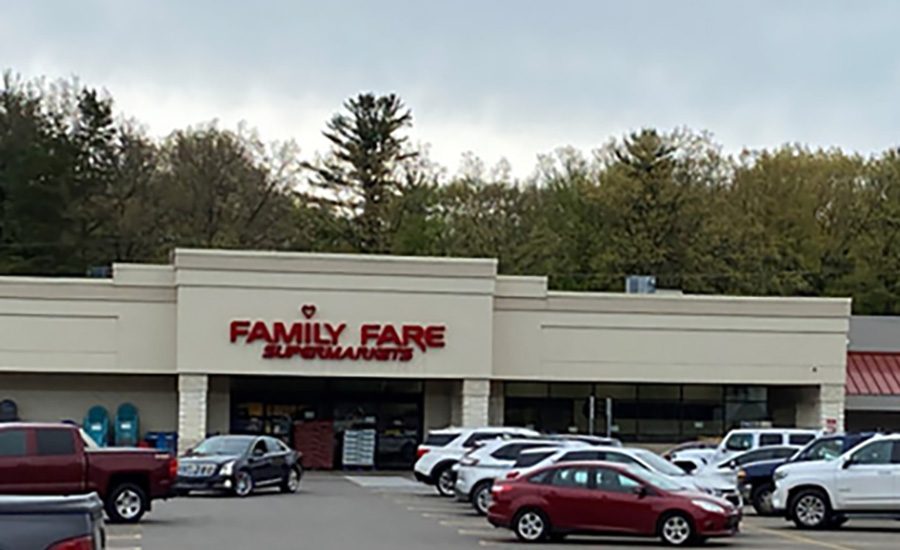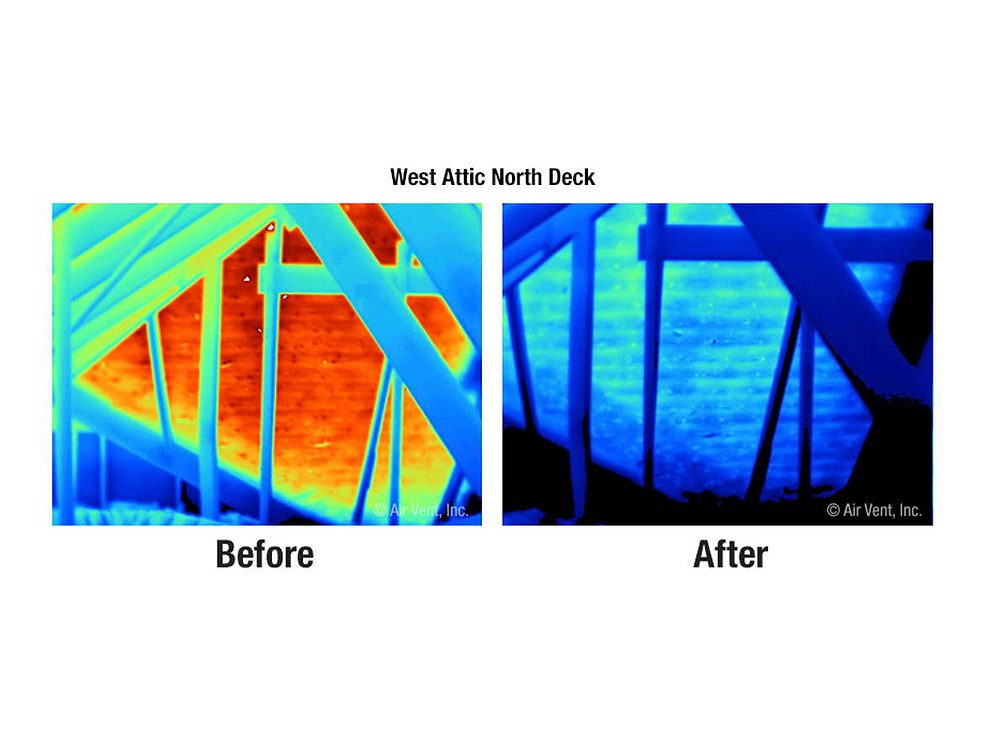News Analysis
What Consumers Think About Roofing? Angi Homeowner Report Offers Clues
Roofing scams, storm chasers, and demands for upfront payments, along with poor workmanship, are the top complaints, but it’s not all bad

Angi’s 2024 State of Home Spending report highlights key roofing trends where homeowners prioritize proactive maintenance, sustainable upgrades, and clear communication with contractors. Challenges like rising costs and labor shortages exist, but emphasizing affordability, eco-friendly solutions, and transparency will help contractors meet changing homeowner needs.
— Images and graphs courtesy of Angi
Angi, the Goliath of lead generators for many smaller roofing contractors, which boasts a highly trusting audience, has released its 2024 report on consumer sentiment and where Americans are spending their money; the report offers insights for the roofing industry that deserve to be heeded.
The economic and homeowner trends outlined in the “2024 State of Home Spending” report offer essential reading for roofing and exteriors contractors navigating what the study describes as evolving demands and challenges.
As the report outlines, a shift toward strategic, necessity-driven upgrades is evident, with spending on home projects declining by 12% compared to 2023. This article analyzes the report’s findings, especially regarding roofing and siding, to help professionals remain competitive in the market.
Perception is Reality
A significant percentage of homeowners expressed concern about the cost and reliability of roofing professionals, with 54% citing difficulties in finding skilled workers and 22% pointing to high costs as a barrier to agreeing to hire a contractor.
Trust issues also emerged, with 14% of respondents indicating a lack of confidence in contractors and 9% reporting poor-quality work as a challenge.
These insights reflect broader homeowner frustrations, particularly among younger demographics who reported more difficulty securing reliable service providers.
Homeowners emphasized the importance of contractors who offer transparent pricing, clear communication, and timely project completion. The report indicates that roofing professionals who address these concerns and adopt environmentally friendly materials and innovative technologies are well-positioned to thrive.
Demographics also factor into the sales approach, which is examined further in “Who’s Investing in Roofing?” But, for example, sustainable practices like cool roofing and energy-efficient options resonate strongly with environmentally conscious consumers, particularly Millennials and Gen Z.
This demographic trend aligns with the growing emphasis on eco-friendly upgrades, as 31% of homeowners plan significant investment projects, including roof replacements, in the coming years.
By focusing on building trust and aligning with these emerging trends, roofing contractors can improve their market reputation and meet homeowners’ evolving needs effectively.

Roofing Projects Among Popular Upgrades
Roofing improvements and repairs remained a significant focus for homeowners in 2024. The report reveals that 11% of respondents invested in new roofing installations, while 10% undertook roof repairs. This positions roofing among the top 15 most completed projects, emphasizing its importance in home maintenance and improvement priorities.
The emphasis on roofing aligns with broader trends of addressing essential home needs. For contractors, this underscores an opportunity to market services tailored to homeowners’ growing preference for proactive maintenance and durable materials that minimize long-term costs.
Emergency Repairs and Proactive Maintenance
Emergency spending on projects, including roofing, declined in 2024. Homeowners allocated an average of $978 to emergency repairs, down from $1,667 in 2023. This drop suggests that increased awareness of preventive maintenance reduces the need for urgent fixes.
The shift highlights the importance of promoting regular inspections and upkeep for roofing. Offering maintenance packages and educating customers on the cost-saving benefits of proactive care can build long-term relationships and reduce the prevalence of emergency calls.
Labor Shortages and Rising Costs
Finding skilled professionals remained a top challenge, with 54% of homeowners struggling to secure contractors. Specifically, roofing contractors faced increased project delays due to labor shortages, with some reporting extended timelines by up to 30%.
Rising labor costs also contributed to an average 15% increase in overall project expenses, further complicating homeowner budgets and contractor operations. Rising labor costs and difficulty locating qualified workers were the most significant hurdles, particularly for younger generations.
This presents a dual challenge for roofing businesses: managing operational costs while maintaining competitive pricing. Contractors should focus on workforce development to address labor shortages.
Investing in training programs, apprenticeships, and employee retention initiatives can mitigate these challenges. Clear communication about project timelines and costs can also alleviate homeowner concerns about delays and overruns.

Sustainability and Material Innovations
The report emphasizes an overall increase in homeowner interest regarding sustainable home improvements, which also applies to roofing, where eco-friendly materials, like cool roofs and solar-integrated systems, are becoming more popular.
For example, cool roofs, which reflect more sunlight and absorb less heat, can cost between $7,000 and $10,000 for an average-sized home, compared to $5,000 to $8,000 for traditional asphalt shingles. Similarly, solar-integrated roofing systems can range from $15,000 to $25,000, depending on the home's size and energy needs. While these options have higher upfront costs, they offer long-term savings through reduced energy bills and potential tax incentives.
Depending on the new administration's policy decisions, contractors who adopt and promote these solutions can appeal to environmentally conscious homeowners and capitalize on tax incentives for energy-efficient upgrades.
For example, cool roofs, which reflect more sunlight and reduce heat absorption, typically cost between $7,000 and $10,000 for an average-sized home, compared to $5,000 to $8,000 for traditional asphalt shingles.
Similarly, solar-integrated roofing systems, offering energy generation and weather protection, range from $15,000 to $25,000, depending on size and energy needs. Despite upfront costs being more substantive, emphasizing the offsets gained from long-term savings on energy bills and currently available incentives makes them a compelling option for homeowners focused on sustainability.
Siding Trends and Their Impact on Roofing Projects
While siding projects weren’t as prominent as roofing in 2024, they remain a bread-and-butter offering for exterior renovation projects. Upgraded siding materials, such as fiber cement and insulated vinyl, offer enhanced durability and energy efficiency—key considerations that homeowners have been increasingly interested in for their homes' long-term value.
Roofing contractors can benefit from broadening their expertise to include complementary services such as siding installation. Bundling roofing and siding projects offer a comprehensive solution for customers and boosts the average value per job. Furthermore, coordinating these services can reduce disruption for homeowners and enhance labor efficiency.

Who’s Investing in Roofing?
Generational spending patterns always provides valuable context. According to the report, Baby Boomers again led home improvement spending with an average of $14,140 per household, while Millennials allocated more to maintenance projects than any other generation.
Though spending less overall, Gen Z completed the highest number of projects (averaging 10 per homeowner). The data affirms that Baby Boomers remain prime candidates for large-scale roofing upgrades, while Millennials and Gen Z may be more inclined toward affordable repair and maintenance solutions.
Challenges, Opportunities and Takeaways
 The roofing industry is not without its challenges. Rising homeowner stress, cited by 43% of respondents as increasing in 2024, often stems from financial constraints and project complexity. To ease this burden, contractors should focus on transparent pricing, flexible financing options, and clear communication throughout the project lifecycle.
The roofing industry is not without its challenges. Rising homeowner stress, cited by 43% of respondents as increasing in 2024, often stems from financial constraints and project complexity. To ease this burden, contractors should focus on transparent pricing, flexible financing options, and clear communication throughout the project lifecycle.
Looking ahead, 61% of homeowners expressed concern about affording maintenance or repairs in 2025. Contractors who can demonstrate the value of their services — in terms of both quality and long-term savings — remain well-positioned to meet demand.
The insights from this year’s Angi report offer actionable opportunities, including these five takeaways:
- Promote Preventive Maintenance: Position regular roof inspections and minor repairs as cost-effective solutions that prevent expensive emergencies. Highlight success stories and customer testimonials to build trust.
- Adopt Sustainable Practices: To meet the growing demand for sustainability, offer eco-friendly roofing materials and energy-efficient upgrades. Educate customers on the environmental and financial benefits of these solutions.
- Expand Service Offerings: Incorporate siding installation and other exterior services to diversify revenue streams and provide convenience for homeowners seeking comprehensive renovations.
- Invest in Workforce Development: Address labor shortages by training skilled professionals and fostering a positive work environment. This not only improves service quality but also enhances customer satisfaction.
- Focus on Generational Marketing: Customize outreach strategies based on generational preferences. Highlight durability and performance for Baby Boomers, affordability and maintenance for Millennials, and innovation for Gen Z.
By understanding homeowners' priorities and behaviors, businesses can better anticipate demand, tailor their offerings, and differentiate themselves in a competitive market. Roofing professionals can position themselves as trusted advisors who deliver quality and value by staying updated on industry trends and challenges.
Looking for a reprint of this article?
From high-res PDFs to custom plaques, order your copy today!







